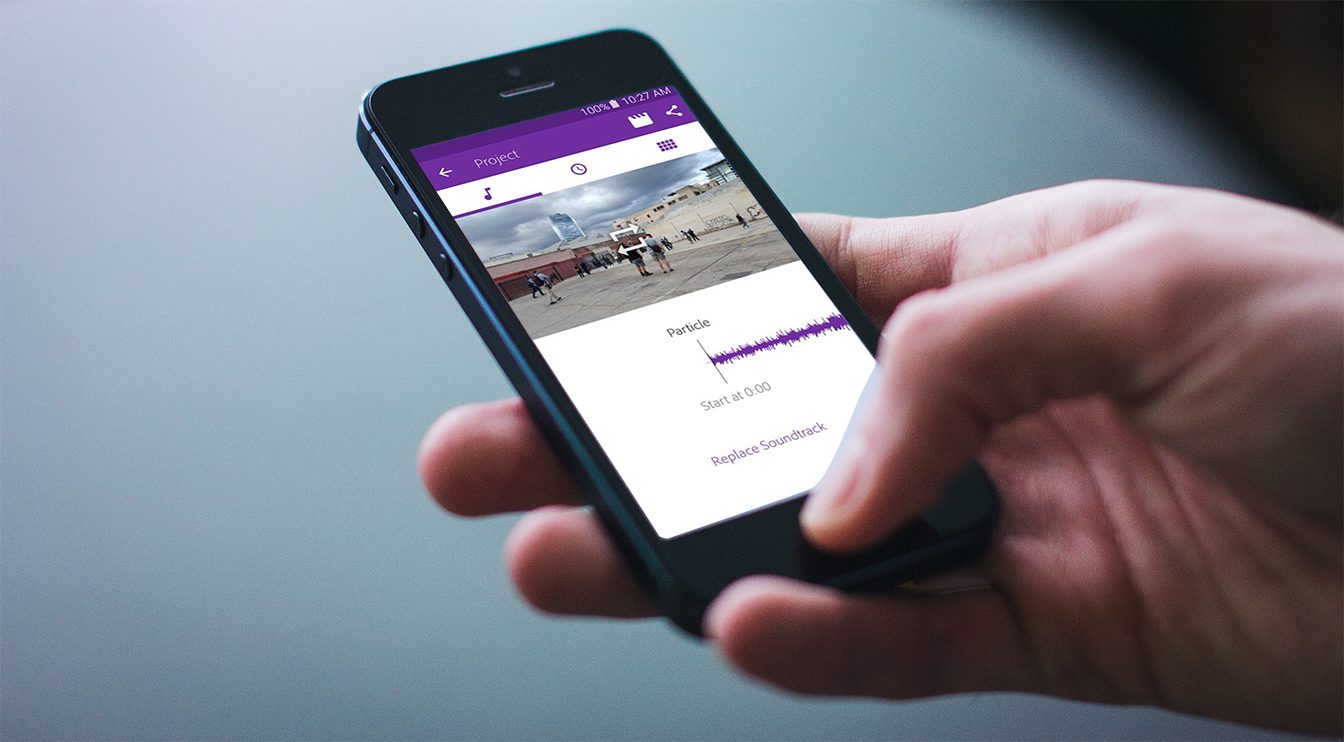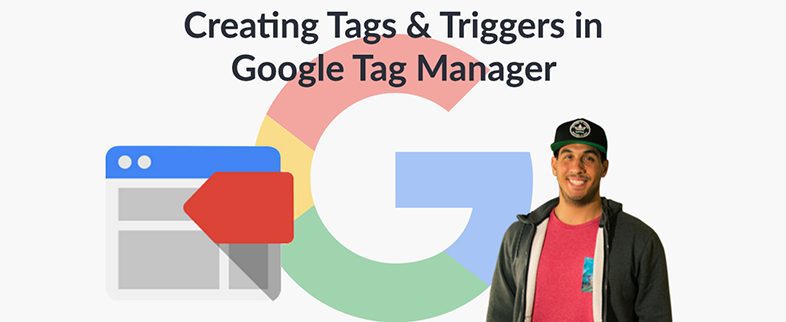I’ve been paying attention to television advertising spots lately to see what the tracking mechanisms are. Surprisingly, I would venture to guess that only about 30% of the spots (local and national) have clear tracking mechanisms. The underlying goal is the necessity to know the impact of each media channel on sales.
The ones that are easy to identify are the ads that display a URL at the end of the spot that says something like “www.domain.com/tv32”, where the “tv32” identifies the geographic location for a multi-location buy. Now, it is likely that this page is not accessible through the main navigation, and may even have a “no follow” rule for search engines so they won’t index it and muddy the data. You would simply go to your favorite analytics program and look at the pageviews for that special URL, and possibly even segment the group and track their activity beyond this page. My question is do people really type in the “tv32”, or simply go to the main site?
Other methods use a promo code, where they send you to the main website (no special page) and will have a clearly labeled area on the home page to enter the promo code. Each code varies based on the media, and possibly even run dates so you can identify very specifically where the traffic came from. I like this method better because a) the ad becomes offer-based, rather than just awareness; b) it removes the likelihood of a visitor bypassing the special “/tv32” page that was set up.
Now, you might say that the latter example mixes existing inbound traffic with new traffic created by the TV spots. You are correct; however, we can do a couple of things to separate this out:
1. Create a segment of visitors from the cities that the ads were run. If you ran the TV spot over 10 different cities, then create a segment for those cities.
2. Look at your aggregate traffic before the spots ran, during the flight when the spots were running, and again after the flight ended. Now, if you are running TV, print and radio all at the same time, it will be very difficult to segment traffic out by media unless you use the promo code option above, but then again, those are really only the folks who would “convert”, which will be a percentage of the total visitors.
3. Calculate the effect of increased traffic to the website by taking the gross traffic during the time the spots were running, and subtract out your baseline, or average traffic before the media blitz.
You can get more finite information if you know exactly when your TV, radio or print ads ran and comparing visitor traffic down to the hour if you wanted to.
So, given the complexity of monitoring traffic on a national media campaign based on the potential issues mentioned above, and the fact that no method will be perfect, there is third idea:
What if you were to purchase a promo URL for each medium, such as television, radio and print? (I neglect to mention Internet here since those visitor types are much easier to track). This way your traffic would be easily segmented and not all together in the same “bucket”. I am not seeing this being widely used, and while some may argue that it detracts from the brand itself, I still prefer to pick a method that is more “trackable” than another.
Of course, you could always do a media “hiatus” and measure the effect on sales by comparing POS data. You could even run one media channel at a time to see its relative effect as well.
What do you think? What have you seen?















